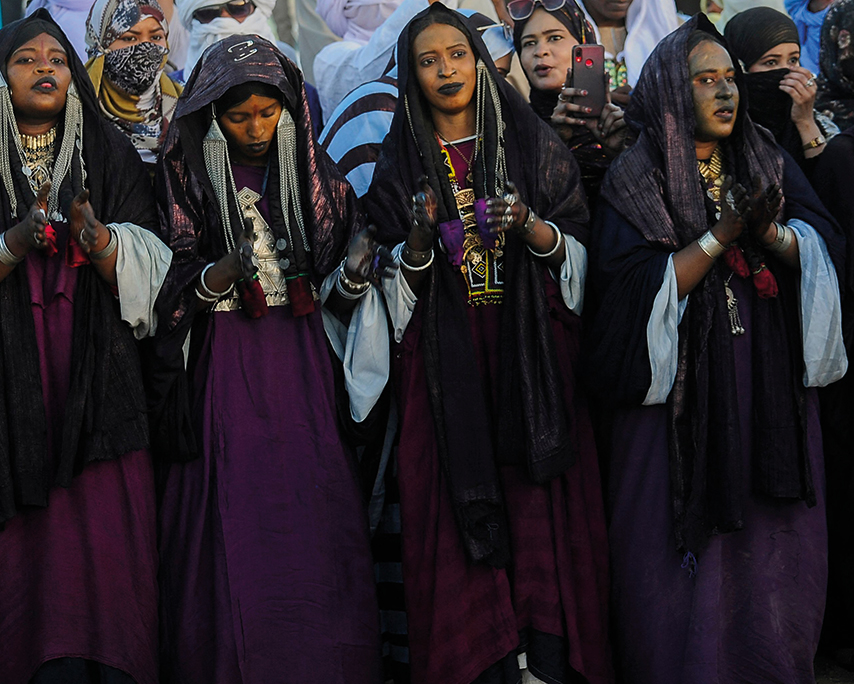Celebrating the beauty of the Arabic language
Arabic is a language of remarkable beauty and complexity, deeply rooted in history, religion, and culture. While it poses challenges for learners, its rich structure and poetic nature make it one of the most captivating languages in the world. Its global influence is undeniable—Arabic is one of the six official languages of the United Nations and is spoken by over 400 million people worldwide. Moreover, it plays a crucial role in business, diplomacy, and academic research across the Arab world. As we celebrate Arabic Language Day, we explore the nuances and challenges of translating Arabic, a process that is as intricate as the language itself.
Translating Arabic is far from straightforward, owing to its vast vocabulary, intricate grammar, and deep cultural significance. Several factors contribute to the complexity of this process, including the multiplicity of meanings, differences in sentence structure, the coexistence of Modern Standard Arabic (MSA) and dialects, and the cultural and religious sensitivities embedded in the language. One of the key challenges lies in contextual meaning. Many Arabic words have multiple interpretations depending on their usage. For instance, the word “عين” (ʿAyn) can mean “eye,” “spring (of water),” or “essence.” Similarly, Arabic has an abundance of synonyms, each with subtle distinctions. For example, there are over ten different words for “love”, each capturing a specific stage or intensity of affection. Given these nuances, direct translation into languages like English often fails to convey the full depth of meaning.
Translators must also navigate cultural and religious sensitivities, as Arabic contains many terms with profound spiritual and social significance. Words and phrases that carry honorifics or indirect expressions in Arabic often lack direct equivalents in English, which tends to be more concise and straightforward. A literal translation can strip away the intended politeness and emotional depth or even lead to unintended bluntness.
Also, Arabic idioms often have no direct English counterparts, making preserving their essence challenging. Sentence structure presents another difficulty. The language frequently omits pronouns, as they are implied within the verb conjugation, and follow a different word order (often verb-subject-object) compared to English. These structural differences require translators to rearrange sentences for clarity and coherence in the target language.
Like most languages, Arabic is not monolithic; it exists in a continuum of dialects that vary significantly across regions. While Modern Standard Arabic (MSA) is used in formal writing, media, and official discourse, it is rarely spoken in daily conversations. Instead, people often mix MSA with local dialects, further complicating the translation process. As a result, translators must identify and adapt the intended meaning based on both formal Arabic and regional linguistic variations.
Like any translation, Arabic translation is not merely about converting words from one language to another—it demands deep linguistic, cultural, and contextual understanding. It requires a keen eye for nuance, respect for cultural heritage, and the ability to preserve meaning beyond mere words. Although Arabic is one of the most challenging languages to translate, it is also one of the most enchanting as it weaves together history, poetry, and tradition in a way few others can. Its beauty lies in its depth and ability to express ideas with richness, elegance, and cultural resonance. As we honour the Arabic language, we celebrate not just its words but the stories, emotions, and identities it carries, a testament to the enduring power of language in shaping human expression.



